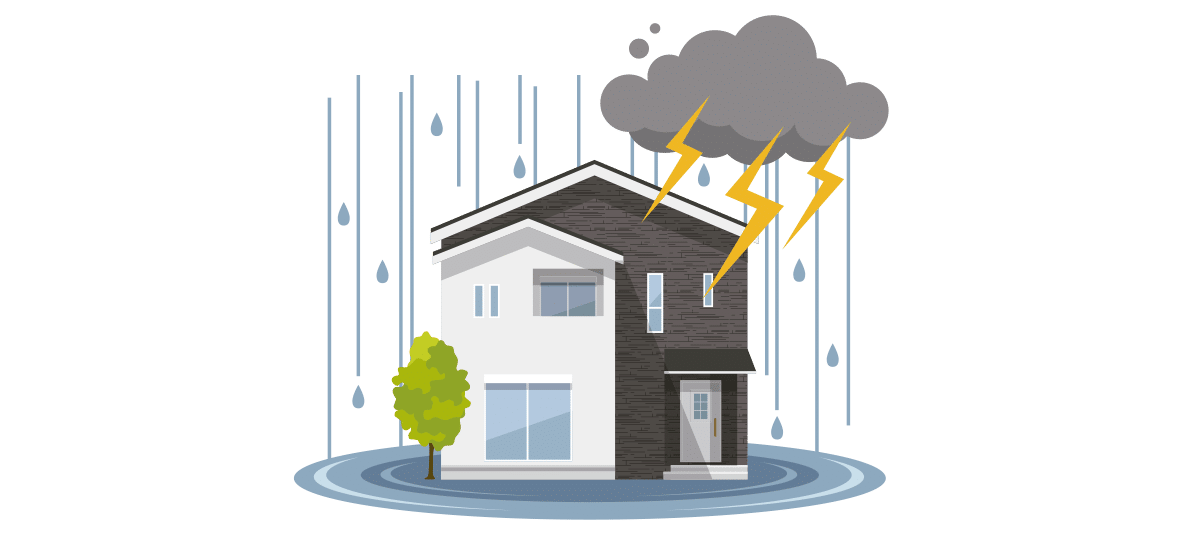Established limits
In general terms, multi-risk home insurance policies that cover atmospheric phenomena include rain damage as long as this precipitation exceeds a predefined limit established in the contract, which is usually 40 liters/m2 per hour. If a home suffers damage as the result of a flood, but the rainfall is below the intensity established in the policy, then the insurer will not intervene.
Extraordinary phenomena
If the damage is considered to have been caused by an extraordinary atmospheric phenomenon, it is then the Spanish Insurance Compensation Consortium (Consorcio de Compensación de Seguros or CCS) that directly covers the claims. The CCS takes responsibility for floods caused by the waterlogging or flooding of land resulting from rain or snowmelt when the flooding is caused by rivers, streams and lakes with natural outlets. Flooding caused by water from dams, sewers and other man-made watercourses that break due to events other than those mentioned above are also excluded. It should be remembered that this consortium only covers property for which insurance has been taken out.
Filtration
On the other hand, if rain damage in our home causes water to seep into another property causing damage to it, Civil Liability cover is responsible for all damages relating to third parties and their property. Another point to bear in mind is that as a consequence of the damage caused by atmospheric phenomena, mud frequently has to be removed from the insured property; this aspect is usually covered within the home insurance policy.
Obviously, to be able to pay out, the insurers state that the property must have been in good condition prior to the rainfall: if water has been able to filter through ceilings, roofs or walls due to lack of maintenance or repairs, the insurance will not pay for the damage. Nor if the damage occurs due to failure to close doors or windows.









